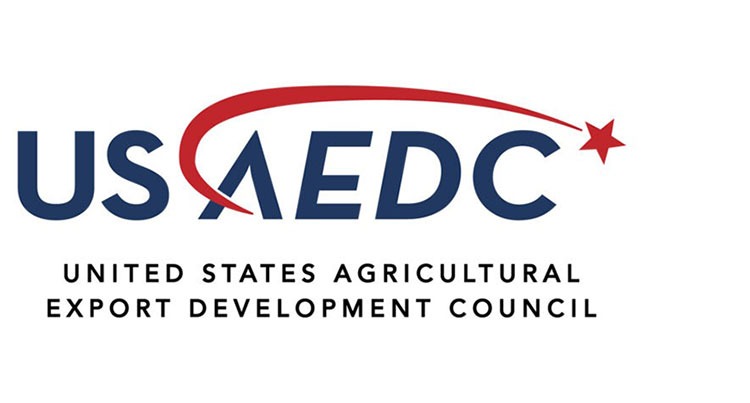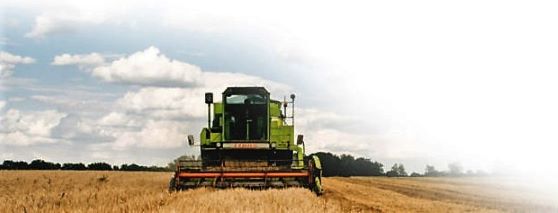
Mission: Facilitate the USDA-Cooperator public-private partnership to preserve, differentiate, and expand American agricultural exports.
Our Vision:
Ensure USAEDC members are recognized as the world's best suppliers of agriculturally based products.
Why Our Vision Matters
When production exceeds domestic demand, USAEDC members look outside the U.S. to the global marketplace in order to meet the growing demand for healthy and sustainably produced products. American farmers, ranchers, foresters, and fishers rely on the government and their industry associations to develop and mature these new markets. Government support is often essential to overcome barriers to trade such as tariffs, quotas, sanitary and phytosanitary issues, as well as manage unforeseen obstacles as they arise. USDA, FAS, and their network of overseas offices prove instrumental in accomplishing those tasks.
Federal export programs have been markedly successful and extremely cost-effective in helping maintain and expand U.S. agricultural exports, while protecting and creating American jobs, strengthening farm income, and helping to offset foreign government-supported advantages afforded by our competitors. Export programs are one of the few tools U.S. agriculture has to compete in the international marketplace, and are more important today than ever as our competitors continue to use considerable financial resources to gain market share.
In a crowded global marketplace, it is imperative to set a standard of sustainability that accounts for the unique challenges facing each industry represented within USAEDC. As the world leader in agricultural exports, our first responsibility is to be conscious environmental stewards of our land and its invaluable natural resources.
Our mission prioritizes a triple bottom line: a healthy environment, social equity, and economic profitability. With an eye to our future, USAEDC is committed to sharing U.S. agriculture products worldwide while serving future generations.

Background
USAEDC members are commodity trade associations, farmer cooperatives, and state regional trade groups that represent the export promotion interests of growers and processors of U.S. agricultural products. Members cooperate closely with the U.S. Department of Agriculture’s (USDA) Foreign Agricultural Service (FAS) to increase worldwide knowledge, preference and demand for U.S. agricultural exports.
USAEDC serves as an information resource for its members on regulatory and legislative issues that may impact their ability to export their products. USAEDC also serves as the positive media voice for export development programs and our Cooperator community. We also provide a platform for our members and the USDA to discuss the operation and implementation of these programs overseas.

History
Despite being established in the 1980s, USAEDC’s roots stretch back in time to 1954, when The Agricultural Trade Development and Assistance Act was signed into law. This crucial piece of legislation began the Food for Peace program, which continues to provide food assistance to struggling countries overseas.
While Food for Peace has undergone significant change over the 60+ years it has been active, in its earliest form it allowed foreign nations to purchase U.S. surplus foods using their local currencies, which could not compete against the strength of the American dollar. In turn, the U.S. invested these small returns within the participating countries, further developing future markets for U.S. agricultural imports.
However, the new agency recognized that it had neither the staff nor the necessary expertise to implement commodity promotion activities and began to look for U.S. partners.
In May of 1955, the National Cotton Council of America signed a cooperative agreement with USDA’s Foreign Agricultural Service (FAS) for research and development of U.S. cotton fiber products worldwide, becoming the first agricultural market development “Cooperator.” Over the ensuing years, several other non-profit U.S. agricultural groups joined this public-private partnership initiative. The public-private partnership is a key factor in the expansion of U.S. farm markets overseas.
As the U.S. government put a greater emphasis on sharing America’s agricultural bounty with the world, the Cooperator community expanded to include a multitude of commodities. An ad-hoc committee of Cooperators was initially formed, and in 1980, a permanent USAEDC office was established to serve and represent the Cooperator community.
USAEDC was officially incorporated in Washington, D.C. on October 31, 1983. We now serve the interests of more than 100 members promoting their unique commodities around the world.

